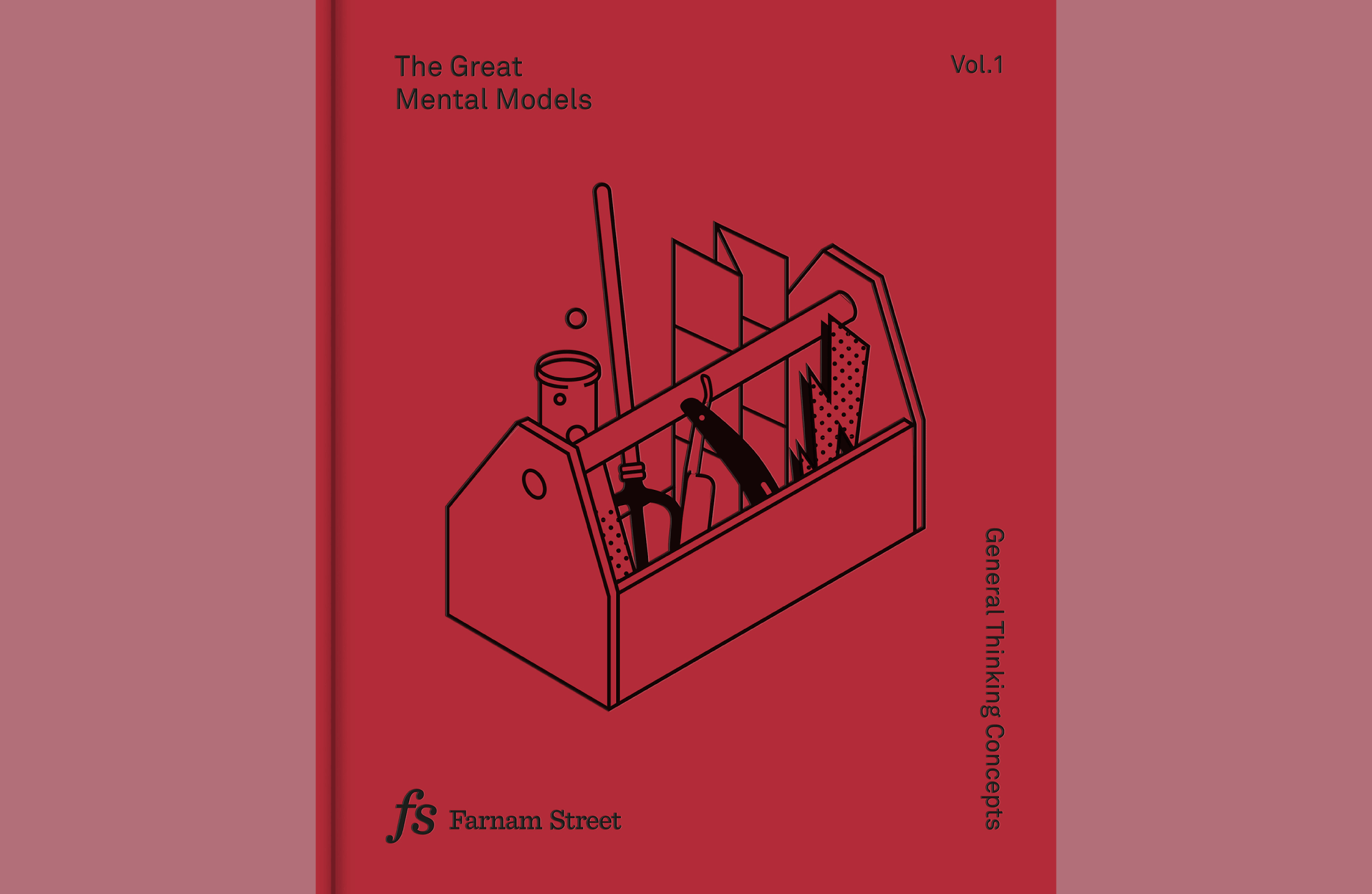5 Examples of Mental Models for Better Decisions and Creativity
Discover practical applications of mental models from "The Great Mental Models: General Thinking Concepts" by Farnam Street and Shane Parrish. Learn to make informed decisions, solve problems, and enhance creativity with actionable insights.

Wishful thinking often blinds us to rational decision-making. The realization of this cognitive trap led me on a transformative journey, culminating in the discovery of mental models. Inspired by the profound insights shared in the book "The Great Mental Models: General Thinking Concepts" by Farnam Street and Shane Parrish, this comprehensive guide explores the practical applications of mental models. We will delve into their real-world significance, understanding how they can be harnessed to make better decisions, solve problems effectively, and quickly navigate life's complexities.
Mental models are the scaffolding of thinking. They empower us to understand the world's complexities, providing a sturdy structure to build informed decisions.
Understanding the Power of Mental Models
At its core, a mental model is a thinking tool that provides a structured approach to understanding the world. Derived from the wisdom encapsulated in "The Great Mental Models: General Thinking Concepts," these models are not merely theoretical constructs but pragmatic tools designed to enhance our thinking patterns.

Practical Applications in Decision-Making
The beauty of mental models lies in their practicality. They are not abstract concepts but actionable frameworks that can be applied across various situations. Let’s explore practical applications of mental models in decision-making, drawing inspiration from the ideas detailed in the book.
To think critically is to embrace mental models. They dismantle biases, challenge assumptions, and pave the way for a profound understanding of the world, one model at a time.
1. The OODA Loop: Making Swift Decisions
The OODA (Observe, Orient, Decide, Act) Loop, introduced in "The Great Mental Models," is an invaluable guide in making quick and effective decisions. By swiftly observing a situation, orienting oneself to the context, deciding on a course of action, and promptly acting, individuals can confidently navigate complex scenarios.
2. Second-Order Thinking: Anticipating Consequences
Second-order thinking, as elucidated in the book, emphasizes the importance of considering the long-term consequences of our actions. By thinking beyond immediate outcomes and anticipating the ripple effects of decisions, we can make choices that are beneficial now and sustainable in the future.
3. Root Cause Analysis: Solving Problems at the Source
Root Cause Analysis, a concept highlighted in the book, encourages us to dig deeper into problems. By identifying and addressing the fundamental causes rather than surface symptoms, we can develop practical solutions that prevent issues from recurring.
Enhancing Critical Thinking and Creativity
Mental models are instrumental in enhancing critical thinking and fostering creativity. These models broaden our understanding and stimulate innovative thinking by challenging assumptions and exploring diverse perspectives.
1. Dialectical Thinking: Embracing Paradoxes
Dialectical Thinking, a concept in the book, teaches us to embrace contradictions and paradoxes. Acknowledging the complexity of situations and reconciling opposing viewpoints, we can arrive at nuanced and comprehensive conclusions, promoting critical thinking.
2. Growth Mindset: Fostering Creativity and Innovation
The Growth Mindset, another gem from "The Great Mental Models," nurtures creativity and innovation. By believing in the potential for growth and embracing challenges as opportunities to learn, individuals can cultivate a mindset conducive to creative thinking and groundbreaking innovation.

Conclusion: Embracing Mental Models for a Brighter Tomorrow
In the profound words of Farnam Street and Shane Parrish, as captured in "The Great Mental Models: General Thinking Concepts," mental models are not just theoretical concepts; they are practical tools that empower individuals to make better decisions, solve problems effectively, and foster creativity. By incorporating these invaluable frameworks into our lives, we embark on a journey of enlightenment and self-improvement.
As we embrace the wisdom from "The Great Mental Models," let us forge a future where rational thinking prevails over wishful thinking. By understanding, applying, and sharing the knowledge encapsulated in this remarkable book, we contribute to the collective elevation of human thought, paving the way for a brighter and more enlightened tomorrow.



